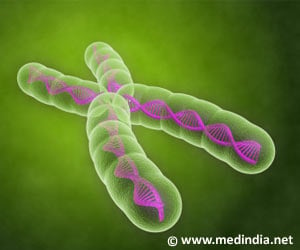Common cuckoo lays eggs in other birds' nests and for these birds, recognizing one's own eggs can be a matter of life or death.

"We harnessed the same computer technology used for diverse pattern recognition tasks, like face recognition and image stitching, to determine what visual features on a bird's eggs might be easily recognized," explained Dr. Stoddard.
Using the tool, the researchers studied the pigmentation patterns on hundreds of eggs laid by eight different bird species (hosts) targeted by the Common Cuckoo. They discovered that some hosts, like the Brambling, have evolved highly recognizable egg patterns characterized by distinctive blotches and markings. By contrast, other hosts have failed to evolve recognizable egg patterns, instead laying eggs with few identifiable markings. Those hosts with the best signatures, the researchers found, are those that have been subjected to the most intense cuckoo mimicry.
The Common Cuckoo and its hosts are locked in different stages of a coevolutionary arms race. If a particular host species – over evolutionary time – develops the ability to reject foreign cuckoo eggs, the cuckoo improves its ability lay eggs that closely match the color and patterning of those laid by its host.
"The ability of Common Cuckoos to mimic the appearance of many of their hosts' eggs has been known for centuries. The astonishing finding here is that hosts can fight back against cuckoo mimicry by evolving highly recognizable patterns on their own eggs, just like a bank might insert watermarks on its currency to deter counterfeiters," said Dr. Stoddard.
Surprisingly, different host species have evolved recognizable egg pattern signatures in a variety of ways. Some hosts have evolved egg patterns that are highly repeatable within a clutch, while other hosts have evolved eggs with patterns that differ dramatically from female to female in a population. Still other hosts produce egg patterns with high visual complexity. All three strategies can be effective, increasing the likelihood that a given host will identify and reject a foreign egg.
Advertisement
The findings of this study are reported June 18 in the journal Nature Communications.
Advertisement









